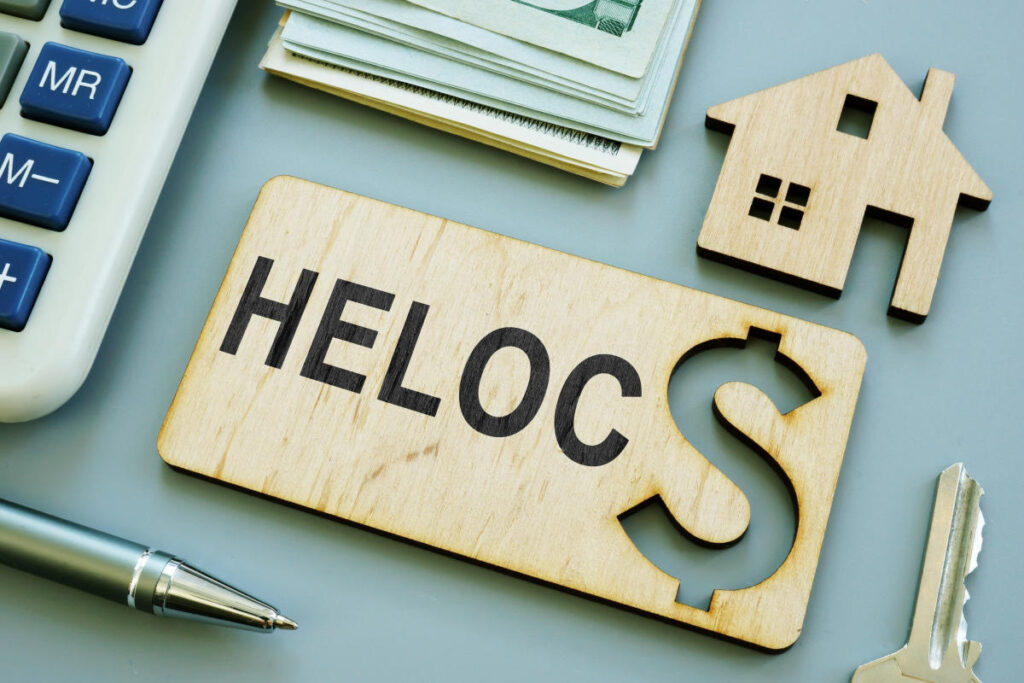Home equity lines of credit (HELOCs) are a popular financial tool that allows homeowners to access cash based on the equity they have built up in their properties. Unlike traditional loans, HELOCs provide a revolving line of credit with a unique two-phase structure: the draw period and the repayment period. The draw period, usually lasting around ten years, allows borrowers to withdraw money as needed, often using a special card or checks linked to their HELOC account. During this phase, borrowers typically only need to make interest payments on the amounts they’ve withdrawn, giving them financial flexibility for expenses like home renovations, education costs, or other significant purchases.
The draw period is crucial for those planning long-term projects that may require varying amounts of funding over time. Just like a credit card, once you’re approved for a HELOC, you can draw funds repeatedly, up to your established credit limit, without needing to provide financial justification each time. This accessibility can act as a financial safety net, enabling you to cope with unexpected expenses or to take on projects that require considerable investment over time. While in the draw period, charges usually come only from the interest on what is withdrawn, so finances can remain manageable, assuming responsible use.
Following the draw period, borrowers enter the repayment period, which often lasts for about twenty years. This phase marks the beginning of full principal and interest payments, as opposed to just interest payments made during the draw phase. The total monthly payment amount will be contingent largely upon the credit taken out during the draw period and the interest rate applicable at that time. Some loans might require a balloon payment, which means repaying the entire balance in one lump sum once the draw period ends. Hence, it’s essential to have a repayment strategy in place well before the draw period concludes, ensuring smooth financial transitions.
As the transition from the draw period to the repayment phase approaches, homeowners need to reassess their budgets to incorporate the new, higher monthly payments. If the shift in payments poses a challenge, alternatives such as cash-out refinancing or taking out a new HELOC can be explored. Refinancing may replace your original mortgage terms and rates, which is a consideration to weigh carefully, especially if it would mean losing a favorable interest rate. Alternatively, closing a new HELOC can provide relief, allowing you to pay off your previous agreement and extend your financial horizon, granting you another decade to manage your payments effectively.
Most HELOCs come with variable interest rates, which can fluctuate based on the index they are linked to, resulting in potentially varying monthly payments. Borrowers need to remain cognizant of these variations, especially if their financial situation becomes sensitive to changes in interest rates. While fixed-rate HELOCs are available, they’re less common, and thus, understanding the terms and conditions is vital to effectively managing the borrowed amount. During the draw period, while you can choose to pay off the principal, doing so isn’t usually mandatory, thus providing affordability and flexibility as homeowners manage both income and expenditures.
Ultimately, proactive financial management is crucial when utilizing a HELOC. The unique structure of this financial product can offer considerable advantages if approached with foresight and caution. Homeowners are encouraged to consult with mortgage professionals or financial advisers to adequately plan their next steps, whether in terms of budgeting for upcoming repayments or exploring refinancing options. By actively participating in managing their HELOCs, homeowners can maximize the benefits offered by home equity lines of credit while minimizing financial strain in the long term.

